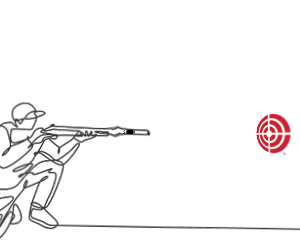I am a new handgun owner (first gun) and I'm shooting with a Glock 26 and most of my shots are to the low-left. I know this is very common and I read a bunch of threads, all saying to pull the trigger with the finger-tip. The problem is my trigger is "curved" it has ridges receding to the smaller trigger within a trigger. If I try to pull the trigger with fingertip only it slips.. what would you guys recommend?
I can VISUALLY see my pistol MOVE like 1/16" to the 7-8 oclock position when I dry fire. I understand this is bad and am trying to get rid of this nasty habit.
I have three questions if you could please share your knowledge I would be grateful:
1. Can I dry fire the Glock as much as I want? Hurt anything? Is it a good way to practice ?
2. Where can I get dummy rounds and will they really help?
3. My trigger has those receding ridges on it. It almost looks like it was made on purpose NOT to use finger-tip but whole finger. How Do I finger-tip it like all the people are saying to do ?
Thanks.
I can VISUALLY see my pistol MOVE like 1/16" to the 7-8 oclock position when I dry fire. I understand this is bad and am trying to get rid of this nasty habit.
I have three questions if you could please share your knowledge I would be grateful:
1. Can I dry fire the Glock as much as I want? Hurt anything? Is it a good way to practice ?
2. Where can I get dummy rounds and will they really help?
3. My trigger has those receding ridges on it. It almost looks like it was made on purpose NOT to use finger-tip but whole finger. How Do I finger-tip it like all the people are saying to do ?
Thanks.







